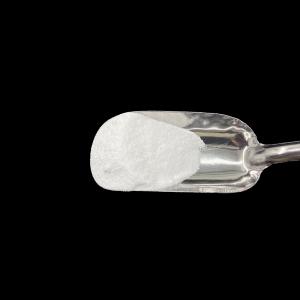
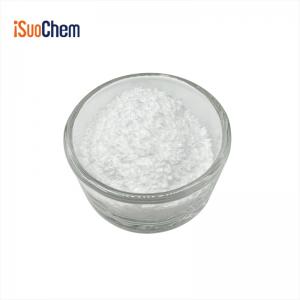
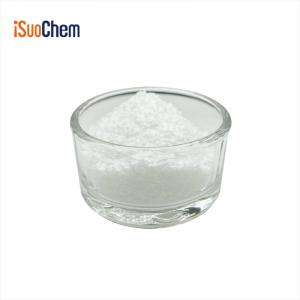
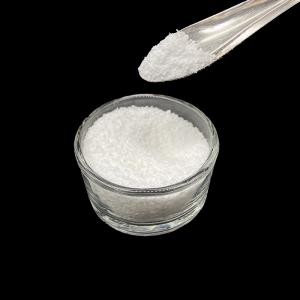
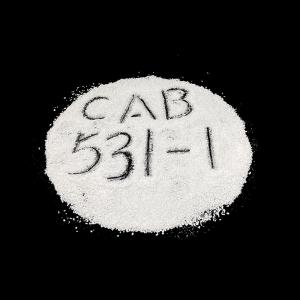
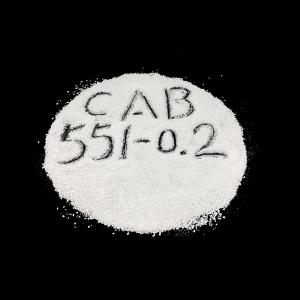
CAB 381-0.1 Cellulose acetate butyrate is a cellulose ester with medium butyryl content and low viscosity. This type of CAB resin is recommended for applications requiring low application viscosity and relatively high solids content.
Item No.:
CAB-381-0.1Brand:
iSuoChem®Color:
WhiteAppearance:
Powder granulesProduct Description
Product name: Cellulose Acetate Butyrate CAB (CAB-381-0.1)
Other names: CAB resin, Cellulose ester, Acetate butyrate, or Cellulose butyrate
CAS RN.: 9004-36-8
Equivalent Code: Eastman cellulose esters CAB-381-0.1
What is Cellulose Acetate Butyrate Uses?
CAB 381-0.1 resin can be widly used for various coatings, including coatings for plastics, Can lacquers, Automotive lacquers, Nail care, and Truck/Bus/Commercial vehicles.
It also can be used for Printing inks.
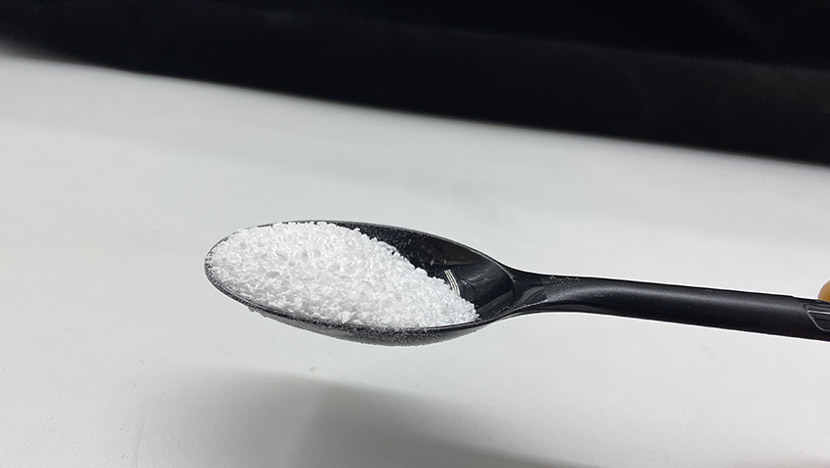
Other CAB codes: CAB-381-0.1, CAB-381-0.5, CAB-381-2, CAB 381 20, CAB-551-0.01, CAB-551-0.2, CAB-531-1 and other codes
Request Free Sample/Catalog/TDS of CAB Resin
CAB Resin Properties
| CAB-381-0.1 | Enterprise Standards | Typical Value, Units |
| Butyryl Content | 35.5%~41.5% | 37wt% |
| Acetyl Content | 10.00%~18.00% | 13wt% |
| Viscosity | 0.15~0.40 mPa.s/mm | 0.38 poise |
| Ahydroxyl Content | 0.000~3.000% | 1.5% |
| Color | <=100unit | 50 |
| Acidity as Acetic Acid | 0.00~300 mg/kg | 128 |
| Ash Content | <=3% | <0.01% |
| Melting Point | Measured value | 155-165 |
| Molecular Weight Mn | Measured value | 20000 |
| Haze | <=50NTU | 50 |
Notes:
1. Color and haze measurement solution: 20% CAB, 80% ethyl acetate.
2. Color was measured using the Pt-Co colorimetric scale, and haze was measured using a turbidometer.
Product Applications
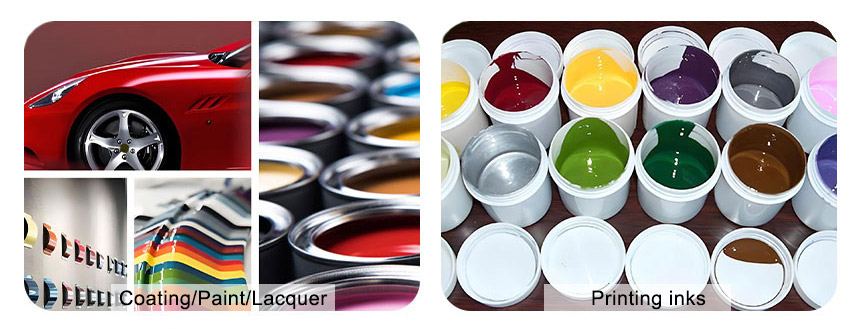
Auto OEM, Auto plastics, Auto refinish, Automotive, Automotive protective coatings, Printing industries and Personal care ingredients.
FAQ
What is the advantages of Cellulose Acetate Butyrate Resin?
The core advantages of Cellulose Acetate Butyrate (CAB) reside in its excellent physicochemical properties and processing capabilities, such as weather resistance, chemical stability, fluidity, and moldability, as well as high strength and toughness. These characteristics make CAB widely used in various fields including plastics, coatings, adhesives, and more.